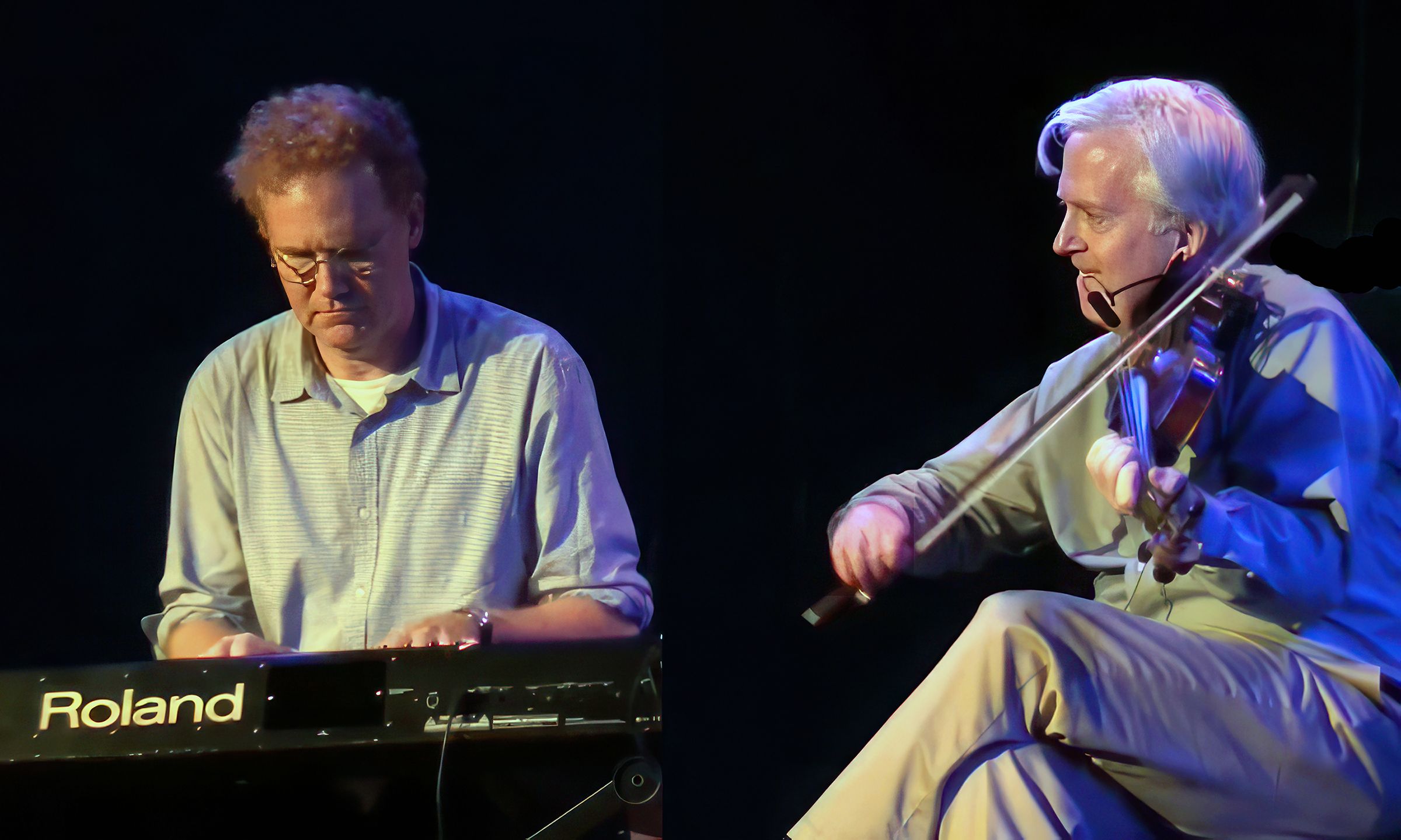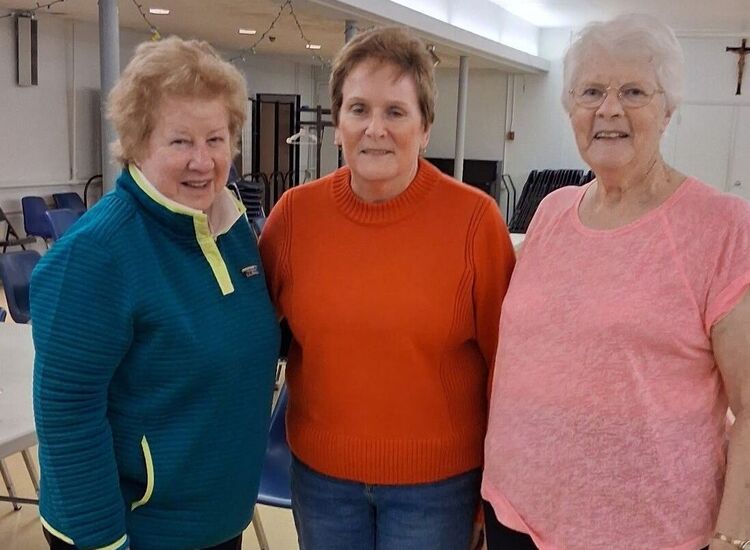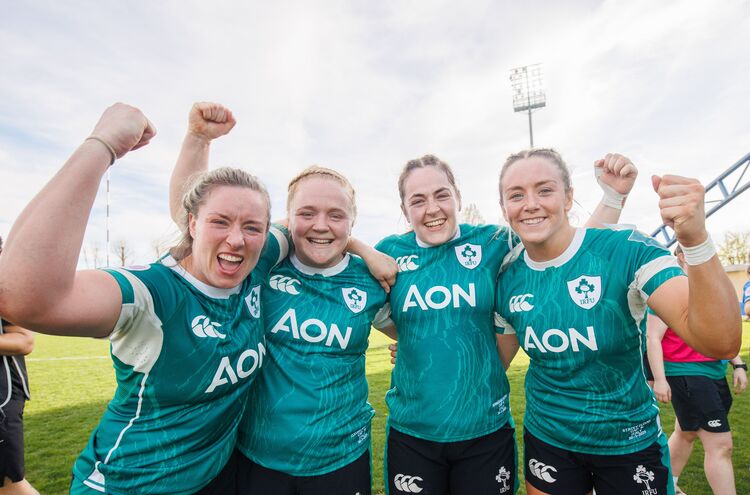In the media yoke this week is “Wallace Avenue,” the new album from fiddle virtuoso Brian Conway. Named after the street he grew up on in the Bronx, the album is first and foremost a tribute to his parents, Rose and Jim Conway, who fostered his love for the music and were instrumental in his growth. However, in it I also hear a reflection of a life lived during a particularly interesting musical era in New York City. The result is a fantastic release that’s full of brilliant music and it’s one that I think fans of traditional music will definitely want to hear.
Conway was born in the Bronx in 1961, a vibrant time for Irish music in New York. In those days it was still possible to meet a wide assortment older musicians that were directly connected to earlier practice. Céilís were common, there were frequent feiseanna and the Irish Musicians Association, a pre-Comhaltas organization dedicated to preserving and promoting traditional music, could boast of its large number of very active chapters. By the early 1970s, the music had blossomed out in a variety of newer ways that capitalized on this vibrance. For example, Comhaltas Ceoltóirí Éireann established itself throughout North America, Shanachie Records opened, bringing Irish music, much of which was rooted in New York City, to much larger audiences and the Bunratty Bar in the Bronx began hosting the City’s first true pub session.
These years were also the era of the Irish music school, an institution that played a pivotal role in introducing a generation of young people in New York City to the tradition. Hundreds of students passed through schools that were led by Pete Kelly, John Glynn (and later his daughter Maureen), and Martin Mulvihill, and all who attended received a solid grounding in traditional music. It was a true musical community. Many of these young folks went on to achieve major success in All-Ireland competition and a significant number have since become household names in Irish music.
Conway was very much a product of this era. His parents were very connected to the music and brought musicians into the house. Conway himself studied briefly with the Martin Mulvihill school and was involved with Comhaltas, through which he won several All-Ireland titles, including the senior fiddle championship in 1986. In addition, he found a connection with an older generation of musicians through his parents in Andy McGann and Martin Wynne, two of the period’s most influential fiddlers. Both were mentors and taught Conway in different ways about the complexity and nuance of Sligo fiddle playing. Their impact on his music was profound.
All of these things contribute to what I hear happening on this album. Certainly, the Sligo style of Coleman, as related by Wynne and McGann, echoes throughout the entirety of Conway’s musical expression. But in some of the album’s choices, I hear a taste and a sense of responsibility for tradition rooted in his 1970s New York experience.
The reel set “Martin Wynne's Number 5 / …” is a perfect example of what I mean. The track groups a recently discovered composition of Wynne’s with a rare Sligo tune recorded in New York in the 1920s and tune composed by Martin Mulvihill. On it, he’s joined by his sister Rose Flanagan and her daughter Maeve, both on fiddle. This constellation of elements tells a fairly complete story of Conway’s musical life and it does so in excellent fashion.
Other choices he’s made here suggest some of Conway’s formative influences. For instance, the track “The Irish American / …” shows Conway’s clear affinity for the playing of Sean Maguire, whose records Conway surely possessed in his youth. There, his playing is nimble and dynamic, like Maguire’s, and speaks to the tastes he forged early on. Indeed, Conway’s technical brilliance is proven throughout the album, especially on a track like the Carolan tune “Loftus Jones,” and the hornpipe set “The Castle / ….” Both are just outstanding bits of work, with Conway’s phrasing bringing so much to the table.
The sense of responsibility I mentioned above is heard in a few ways. One is when Conway invests confidence in his peers by playing their compositions, as he does with Billy McComiskey’s waltz “The Diamond” and Liz Carroll’s slow air “Red Rose, Proud Rose.” His interpretation of their work is evocative and superb. It also happens on the album’s closer, “My Love is in America,” where Conway, who is widely known as one of the music’s premiere fiddle teachers, is joined by 20 of his students, Haley Richardson, Pat Mangan, Maeve Flanagan, Dylan Foley and Andrew Caden among them. It’s lovely to hear, but in a more general sense it makes a statement about the importance of passing the tradition to the younger generations. It’s a lesson Conway took from his mentors, who surely learned a similar lesson from the generation that preceded them, and a nice thing to see in action.
A master of the Irish fiddle, Conway has inspired audiences and musicians alike through his artistry, mentorship and deep commitment to tradition. With “Wallace Avenue,” he really is at his best. His playing is rich in detail and nuance, and it tells a compelling story. His special rapport with the album’s pianist Brendan Dolan – who, in my opinion, sets the standard for piano accompaniment – gives the album added lift. The result is a collection of gorgeous, pure drop fiddle music with New York roots that will delight music fans of any stripe. Highly recommended and definitely one for the collection. To learn more and to purchase, visit https://www.brianconway.com/.








